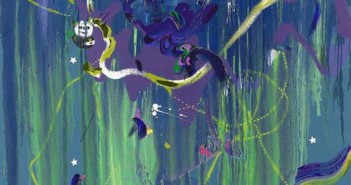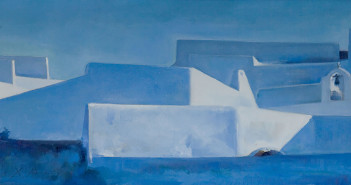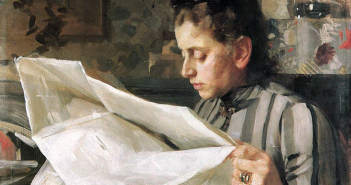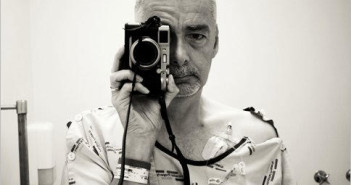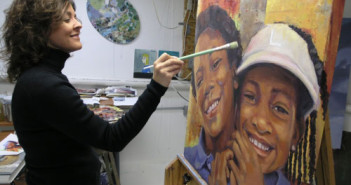
Petrified by rejection
Yesterday, I received an email: “I began my journey at the University of Toledo in Fine Art. Lacking confidence, I switched to Art Education. I felt I couldn’t take the rejection from galleries and shows and what it takes to be a real artist. I just wanted to paint beautiful things — I wasn’t looking for angst or meaning or whatever it is that the experts say makes art. I actually won a scholarship for ‘student with the most promising portfolio’ but, nevertheless, my work wasn’t accepted into the annual student show. I was defeated. I didn’t pick up a brush for seven years

